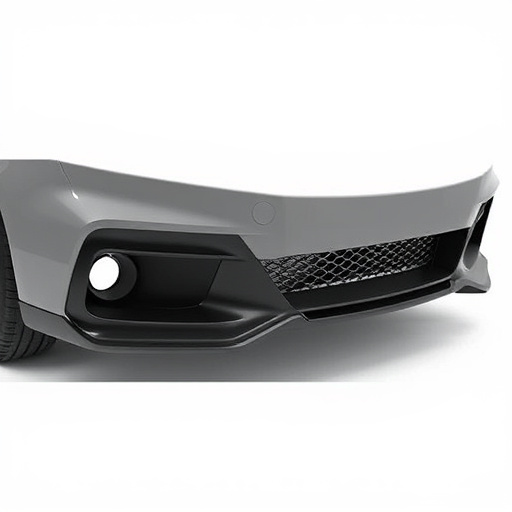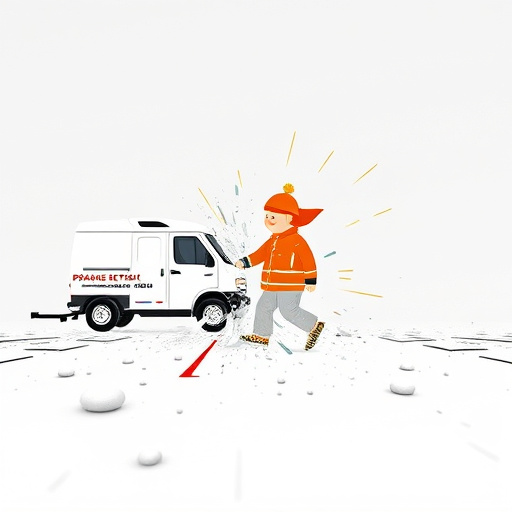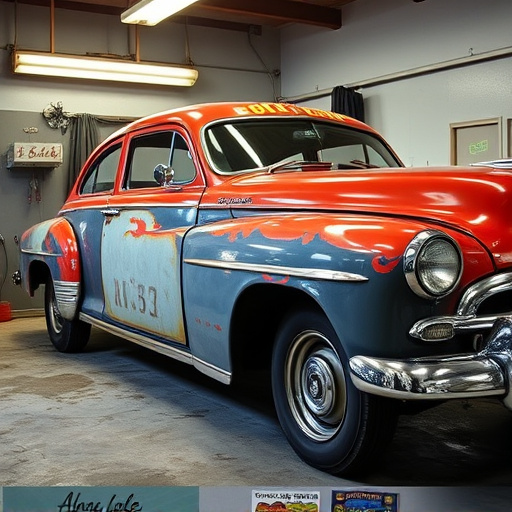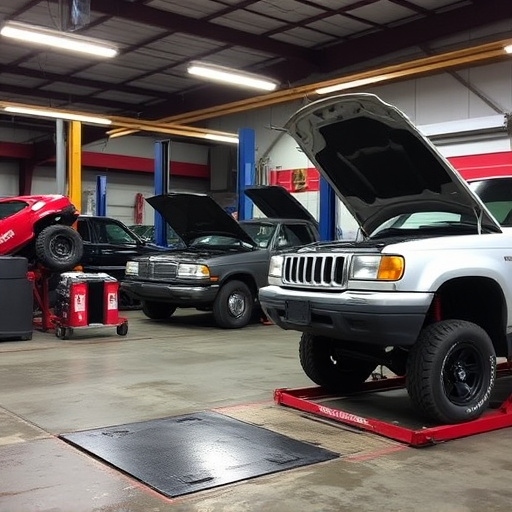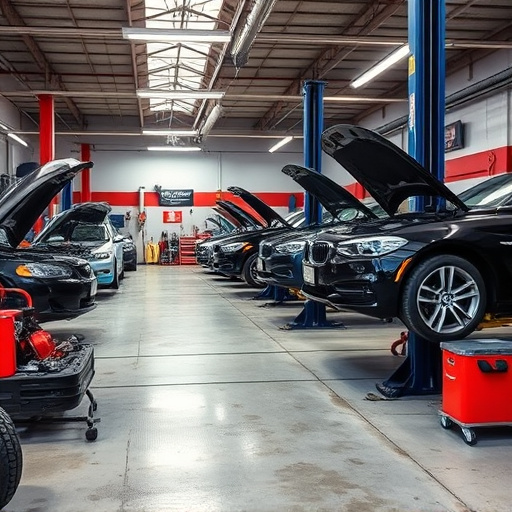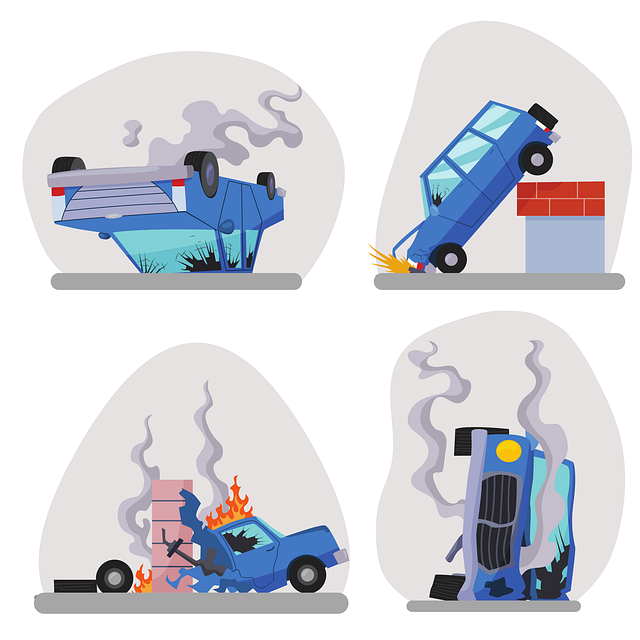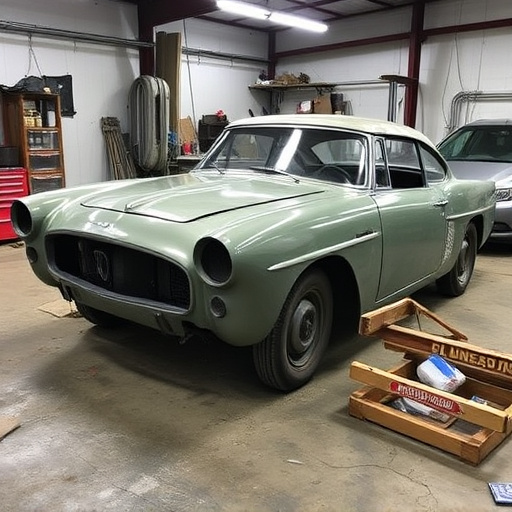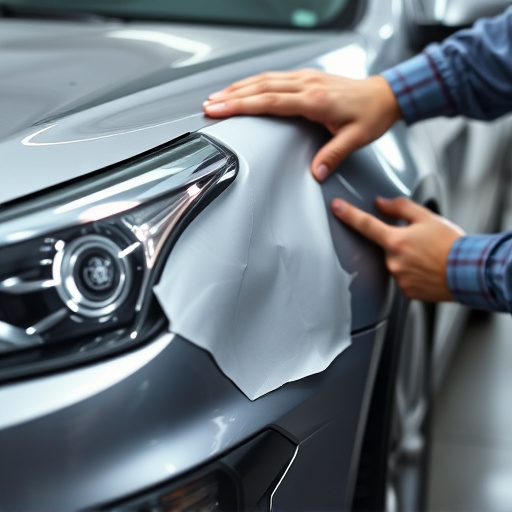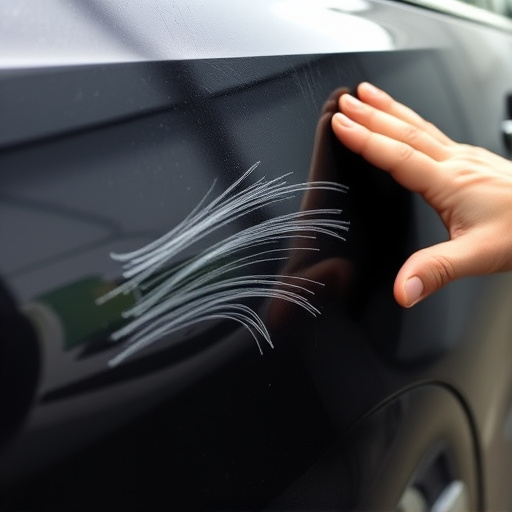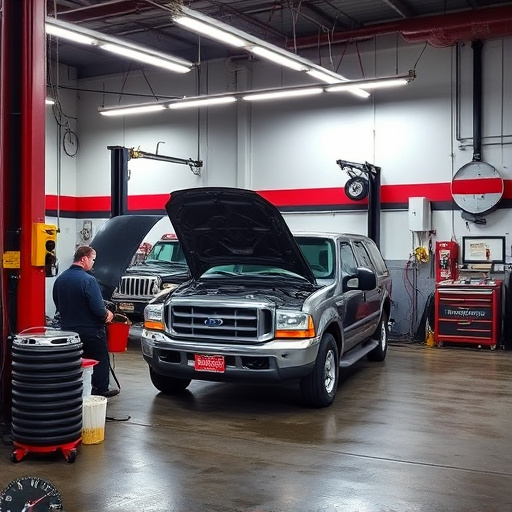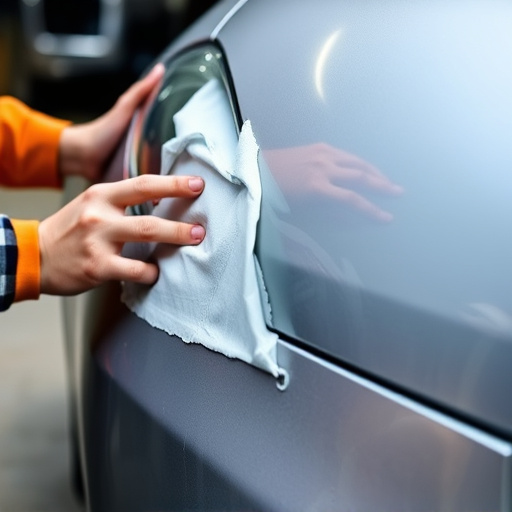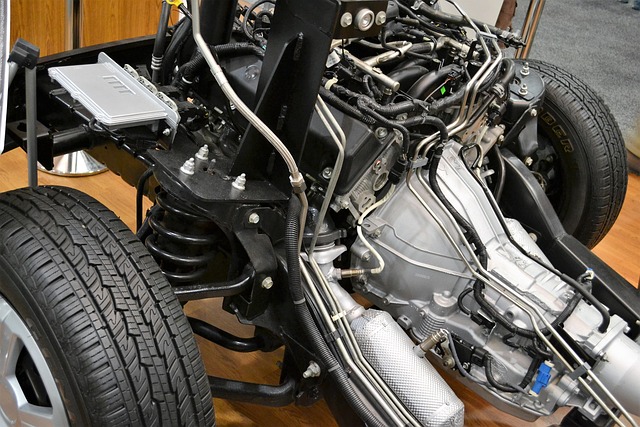Efficient radiator replacement in accident repair demands technicians skilled in automotive systems and safety protocols. This involves part selection, fitting, sealing, and thermal management to prevent leaks and ensure performance meeting standards. Comprehensive training using VR simulations, dent removal exercises, and PPE expertise is vital for handling hazardous fluids and complex vehicle systems. Safety and efficiency rely on pre-work inspections, documentation, communication, adhering to industry standards, and maintaining body shop integrity for successful repairs and employee well-being.
Training technicians for effective radiator replacement in accident scenarios is paramount in ensuring swift and safe vehicle repair. This article delves into the critical components of preparing automotive specialists for such complex tasks. We explore understanding radiator replacement in accident scenarios, mastering essential training methods, and prioritizing safety and efficiency during actual work. By adhering to these guidelines, workshops can enhance their capabilities and streamline post-accident radiator repairs.
- Understanding Radiator Replacement in Accident Scenarios
- Essential Training Methods for Technicians
- Ensuring Safety and Efficiency During Actual Work
Understanding Radiator Replacement in Accident Scenarios
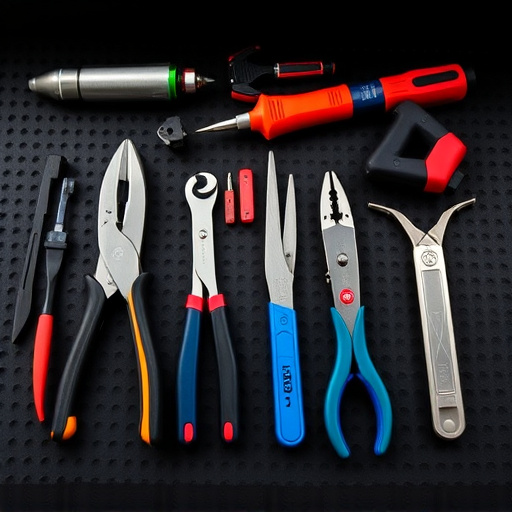
In the event of an accident, efficient radiator replacement becomes a critical aspect of vehicle restoration. Technicians must grasp the intricacies of this process to ensure safety and effectiveness. Radiator replacement in accident scenarios involves more than just swapping out a damaged component; it’s about understanding the interconnection between various car systems, especially when other repairs like auto glass replacement or car paint repair are also needed. The technician needs to assess the extent of damage, considering potential secondary issues such as fluid leaks, structural integrity, and the need for car dent removal.
Effective radiator replacement accident work necessitates a systematic approach. Technicians should be adept at identifying compatible parts, ensuring proper fitting, and sealing to prevent leaks. Moreover, they must account for the thermal management of the vehicle post-repair, balancing performance with safety standards. This holistic understanding of radiator replacement in accident scenarios empowers technicians to contribute significantly to a car’s overall roadworthiness and safety after significant damage.
Essential Training Methods for Technicians
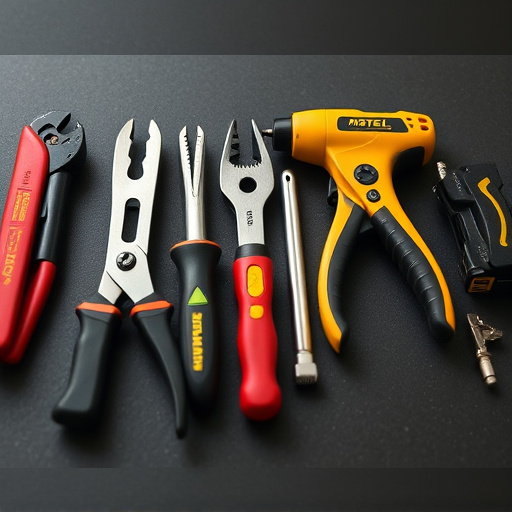
Effective radiator replacement accident work demands well-trained technicians who possess a deep understanding of both automotive systems and safety protocols. Training methods should focus on hands-on experience, utilizing realistic simulation scenarios to mirror the complexities of real-world collision events. Interactive workshops that cover topics like dent removal and car bodywork repair techniques are crucial components of comprehensive training, enabling technicians to hone their skills in a controlled environment before tackling actual accidents.
Additionally, virtual reality (VR) training modules offer an immersive experience, allowing trainees to navigate intricate radiator replacement procedures without the risks associated with live vehicles. This cutting-edge approach complements traditional training by providing a safe, efficient way to prepare technicians for the challenges they’ll face in a collision center setting, ultimately enhancing overall efficiency and safety during radiator replacement accident work.
Ensuring Safety and Efficiency During Actual Work
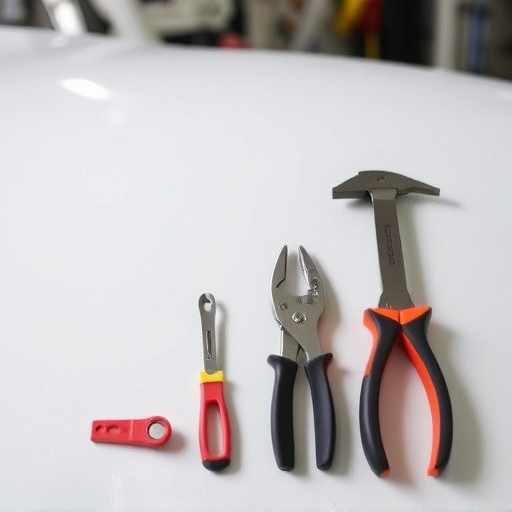
When technicians embark on radiator replacement accident work, ensuring safety and efficiency goes beyond having the right tools and parts. It requires a deep understanding of protocol and adherence to industry standards, especially when dealing with potentially hazardous automotive fluids. Proper training in personal protective equipment (PPE) is paramount; this includes gloves, eye protection, and clothing designed to prevent burns from hot components.
Technicians must also be adept at navigating the vehicle’s intricate systems, including knowledge of fuel lines, electrical connections, and cooling mechanisms. Efficient work flows from thorough pre-work inspection, meticulous documentation, and clear communication among team members. This is crucial in automotive body shops where quick turnaround times are expected while maintaining high safety standards, ensuring not just successful car scratch repair or car dent removal but also the well-being of everyone involved.
Training technicians effectively for radiator replacement in accident scenarios is paramount to ensuring safe, efficient, and competent work. By understanding the unique challenges of these situations, employing essential training methods, and prioritizing safety protocols, technicians can become skilled in handling such complex tasks. This specialized knowledge not only enhances job performance but also contributes to the overall success of accident response efforts, underscoring the critical role of proper technician training in the automotive industry.
